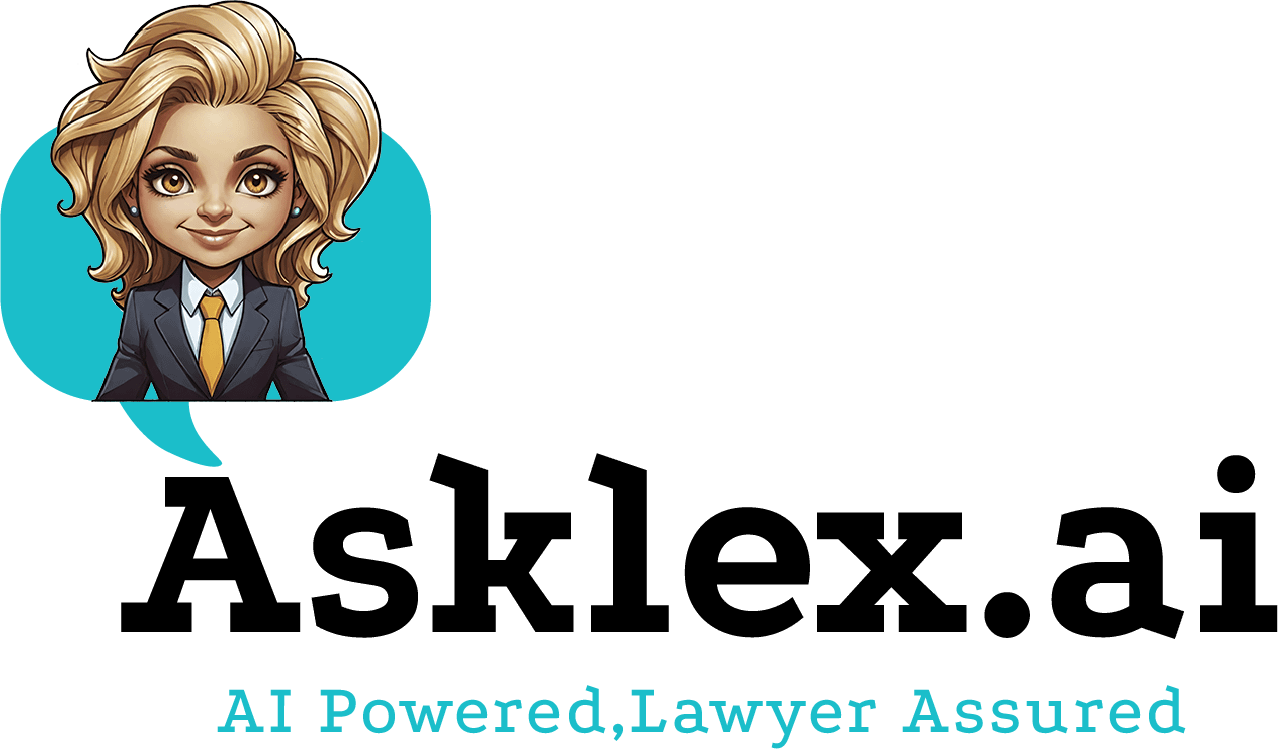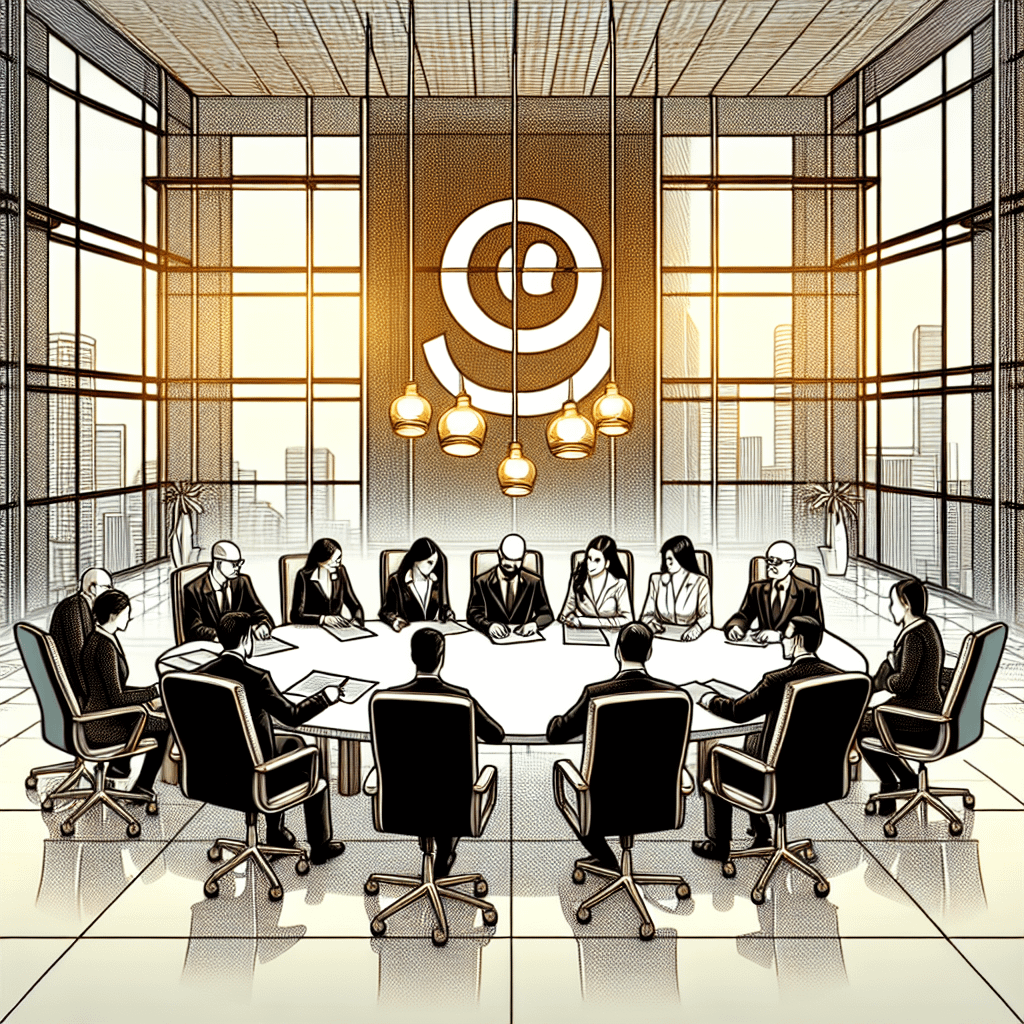Can I use copyrighted material in my YouTube videos without permission?
If you’ve ever dabbled in creating YouTube content, you’ve probably asked yourself, “Can I use copyrighted material in my videos without getting into trouble?” It’s a common question, and understanding the answer can help you avoid potential legal hiccups.
What Is Copyright, Anyway?
Let’s start with the basics: Copyright is a legal protection granted to the creators of original works like music, video, books, and more. This protection gives creators exclusive rights to use their work. So when you use a song, video clip, or image in your YouTube video, you’re using someone else’s copyrighted material.
Using Copyrighted Material: Is Permission Always Needed?
In most cases, using copyrighted material without permission isn’t allowed. Suppose you’re adding your favorite pop song to your background music or a movie clip to illustrate a point. In those instances, you’d typically need the copyright holder’s permission to legally include it in your content.
Getting permission often involves obtaining a license, which may come with a fee or specific conditions. For many small creators, this can be impractical or expensive.
What About ‘Fair Use’?
Here’s where things get a little more flexible but still tricky. The doctrine of “fair use” in the United States allows limited use of copyrighted material without permission, under specific circumstances. But fair use is more of a gray area than a free pass.
Four factors determine fair use:
1. Purpose and Character of the Use: Is your use transformative, meaning it adds new expression or meaning? Educational, commentary, or parody uses are more likely to be fair use. 2. Nature of the Copyrighted Work: Using factual or non-fictional content is more likely to be fair than highly creative works. 3. Amount and Substantiality: Smaller snippets or less important parts of the work are more likely to be fair use. Using the “heart” of the work could weigh against fair use. 4. Effect on the Market: If your use harms the market for the original work, it’s less likely to be considered fair use.
A key example: Imagine you’re creating a critical review of a new movie. If you include short clips to illustrate your points, this could qualify as fair use because you’re providing commentary and not trying to replace the original work.
Practical Tips for Using Copyrighted Material
1. Use Creative Commons Works: Search for works that are under a Creative Commons license, which often give you more freedom to use the material, sometimes even commercially.
2. Public Domain Materials: Works that are not protected by copyright laws, either because they have expired or were never eligible, can be used freely.
3. Create Your Own Content: This is the safest route. Creating original music, videos, and images eliminates copyright concerns.
4. Licensing Platforms: Consider using royalty-free music libraries or subscribe to a service like Epidemic Sound or Artlist, where you can legally use their music for a set fee.
5. Attribution: Sometimes, especially with Creative Commons material, you must give appropriate credit to the original creator. Always check the specific terms of use.
6. Copyright Strikes and Protections: Keep in mind, YouTube uses automated systems to detect copyright violations. A few copyright strikes can lead to your channel being taken down.
Remember, fair use isn’t a blanket cover for all purposes, and it’s often determined in court, meaning risk is involved. While creating your content, always weigh the necessity and purpose of using someone else’s material. Being mindful keeps your channel safe and your content legally sound.








